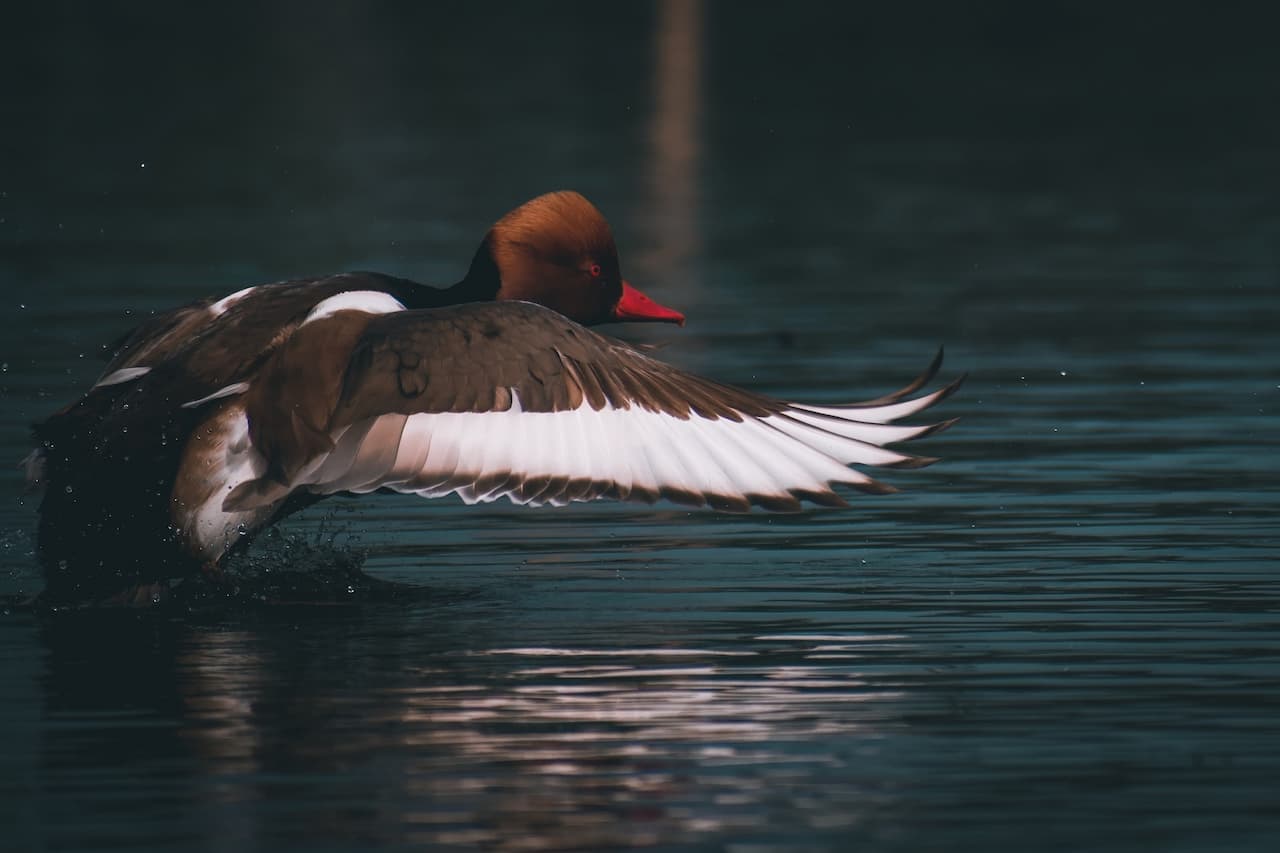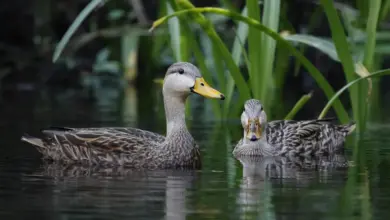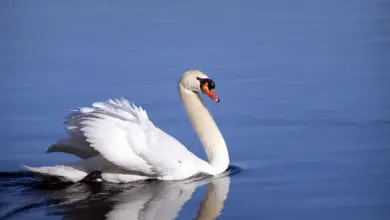Great Black-headed Gulls or Pallas’s Gulls
The Great Black-headed Gulls or Pallas’s Gull, Larus ichthyaetus, is a large gull.
This species breeds in colonies in marshes and islands from southern Russia to Mongolia. It is migratory, wintering in the eastern Mediterranean, Arabia, and India. This gull nests on the ground, laying 2-4 eggs.
It occurs in Western Europe only as a rare vagrant. In Great Britain, a recent review left a single occurrence in 1859 as the only acceptable record of this bird.
This is a large gull, nearly the size of Great Black-backed Gulls. It is 58-65 cm long with a 1.4 to 1.6 m wingspan. Summer adults are unmistakable since no other gull of this size has a black hood. The adults have grey wings and back, with conspicuous white “mirrors” at the wing tips. The legs are yellow and the bill is red.
In all other plumages, a dark mask through the eye indicates the vestiges of the hood. The call is a deep aargh cry. Young birds attain largely grey upperparts quite rapidly, but they take four years to reach maturity.
These birds are predatory, taking fish, crustaceans, insects, and even small mammals.
The Great Black-headed Gull is one of the species to which the Agreement on the Conservation of African-Eurasian Migratory Waterbirds (AEWA) applies.
Copyright: Wikipedia. This article is licensed under the GNU Free Documentation License. It uses material from Wikipedia.org
Please Note: The articles or images on this page are the sole property of the authors or photographers. Please contact them directly with respect to any copyright or licensing questions. Thank you.






